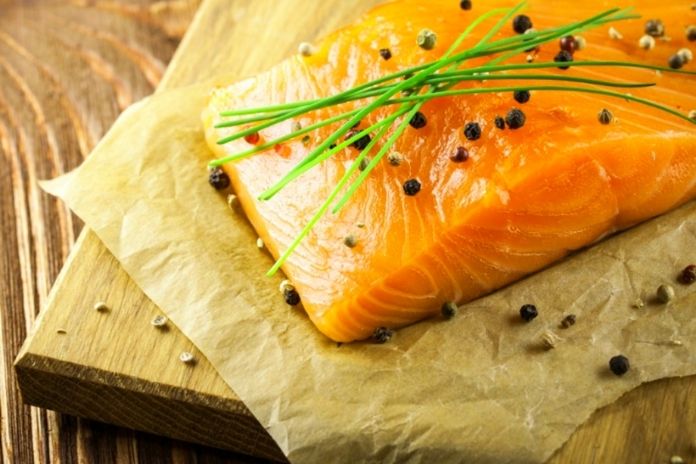At the table, there must be at least 2-3 times a week. Mineral salts, vitamins, proteins, Omega 3: nothing is missing in fish. And its benefits pass from generation to generation. Why is fish so good? And why is not eating it, or eating little of it, a huge waste for our health? And again: is there a fundamental reason why fish cannot be missing in children’s nutrition?
Eating Fish Is Good For Your Health
Heart, bones, brain, sight, muscles – everything is strengthened. Everything, thanks to fish, becomes the subject of a very effective form of prevention. Everything is less exposed to the risks of serious diseases and the aging of our body, with the related problems of risks and pathologies. This is why fish works wonders.
On the other hand, this rain of benefits is linked to what is essential that the fish contains (clearly, the doses and quality change according to the different types of fish). Vitamins: first of all A, B, and D. Mineral salts: iodine, iron, selenium, and zinc. Fatty acids: omega 3 EPA and DHA, or “good” fats as not only do they not hurt but represent an extraordinary elixir of long life.
Benefits
The absolute certainty of the benefits and well-being linked to fish consumption has moved scientific research on this front towards another, very interesting frontier. Once the extent of the benefits of fish has been clarified and given their power, can we think that they are transmitted from generation to generation until they enter our genetic codes?
Also, in this case, in favor of fish, we have a positive answer from science: the advantages of fish last so long over time that they are transmitted, then, from generation to generation. And they positively modify our DNA. One more reason to eat fish from an early age, to accustom children to a diet where there is often fish, to help them overcome some whim, lightly, but also with determination. Omega 3 and which fish to buy and consume in different circumstances.
How To Choose Fish
When buying fish, it is good to prefer the blue one and the one that lives in cold waters, such as trout and salmon. These are the ones that contain a higher concentration of Omega 3.
The leaner ones (for example, sole, sea bream, cod, dogfish, and grouper) contain less than 3% fat. The semi-fat ones (such as swordfish, tuna, trout, snapper, and sardine) contain a quantity of fat that is around 5-7%; and finally, fatty fish (such as salmon, mackerel, or eel). The fattest ones should not always be avoided because they are an excellent source of vitamin D, which allows bone mineralization and stimulates the activity of the immune system.
Why Eating Fish Is Good
It is often difficult to get children to eat fish. The main obstacles are the smell and the bones. To encourage more consumption, you can start cooking those without thorns, without an overly intense smell or flavor. Swordfish or tuna just seared on the plate are fine.
When Frozen Fish Is Good
Frozen fish can also be a very healthy product. As long as its sustainability is certified, the consumer knows the traceability and the nutritional values are correct. All this in a fish that does not have added colorings and flavors, flavor enhancers, emulsifiers, and stabilizers. As in the case of FRoSTA’s certified sustainable fishery frozen salmon.
ALSO READ- VITAMIN A: THE HEALTH BENEFITS

